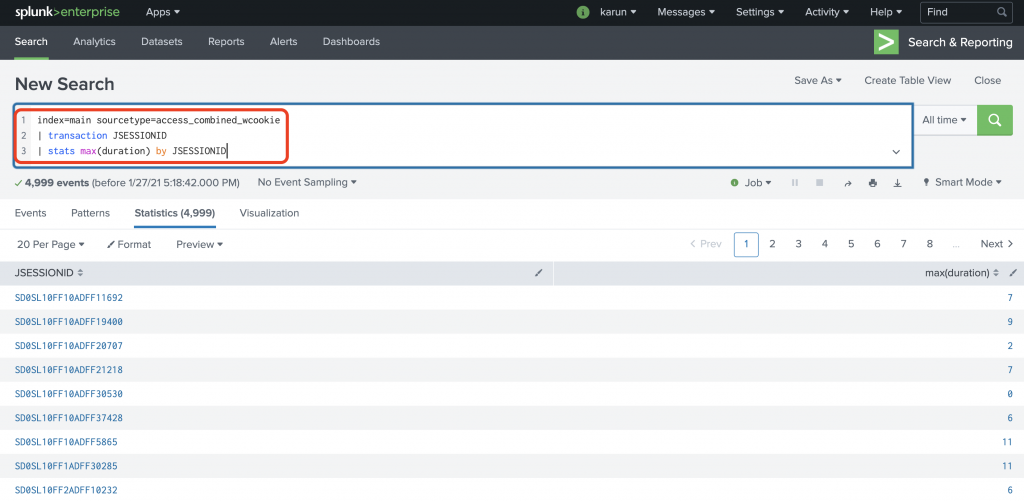
If you don't care whether the email address is in the job.log file, then remove the | where file_count>1 line and it'll include all email addresses regardless of whether you have a known title for that email or not. If the email address appears in both files, add the job title on the end of the email address, then just print the value of the new concatenated field. Optionally specifies the exact fields to. Description: The traditional join command joins the results from the main results pipeline with the search pipeline results provided as the last argument. Also Read: Splunk Commands Append, Chart and Dedup. I have written 100+ articles, and not a single one is about trans people, child drag queens, how many genders there are, LGBT curriculum in. Christopher Brunet from Karlstack Substack 7:40 PM on June 04, 2023.

In less confusing words: For each email address, list the value of the job title, as well as counting how many files the email address appears in. Today, we’ll look at the join command, which is one of Splunk’s most popular commands. PhD student at Brown University has been threatening to kill Matt Walsh.and he never knew. Try combining the two searches using stats. index'jobindex' middlename'Foe' join typeleft jobtitle search index'jobindex' middlename'Stu' If there is always one event being used from each dataset then appendcols may perform better. Then, we keep anything that has an email address in both files, create a merged field, then output just that field. 2 Answers Sorted by: 0 '' immediately brings to mind a subsearch, but that won't work in this case because the subsearch returns too many fields. 1 Answer Sorted by: 0 Your query should work, with some minor tweaks. The values command gets all unique values of a field, and dc gives us the count of each unique value in a field, and we keep track of both of these for each value of the Email field. So what's going on here? We're using stats to do a few things here.

| stats values(job_title) as job_title dc(source) as file_count by Email As one of the worlds most global banks, Citi gives you the tools to be a trailblazer. It requires more than one sub-search to execute this command. Join an environment with a laser focus on growth and progress.

Give this a try: index=main source=user-info.log OR source=job.log Multiserach is a generating command (Generating commands use a leading pipe character and should be the first command in a search) that runs multiple searches at the same time without truncating the results of data sets. The easiest and best way to combine two sources is using stats :)


 0 kommentar(er)
0 kommentar(er)
